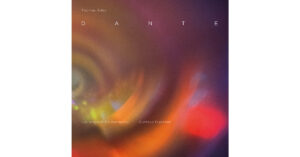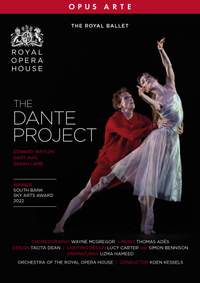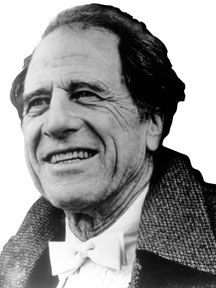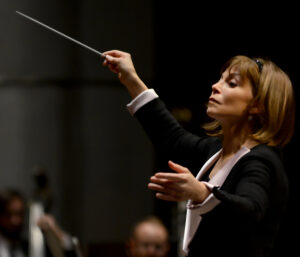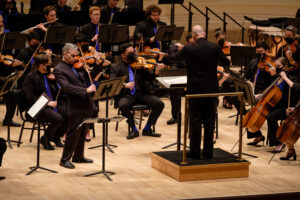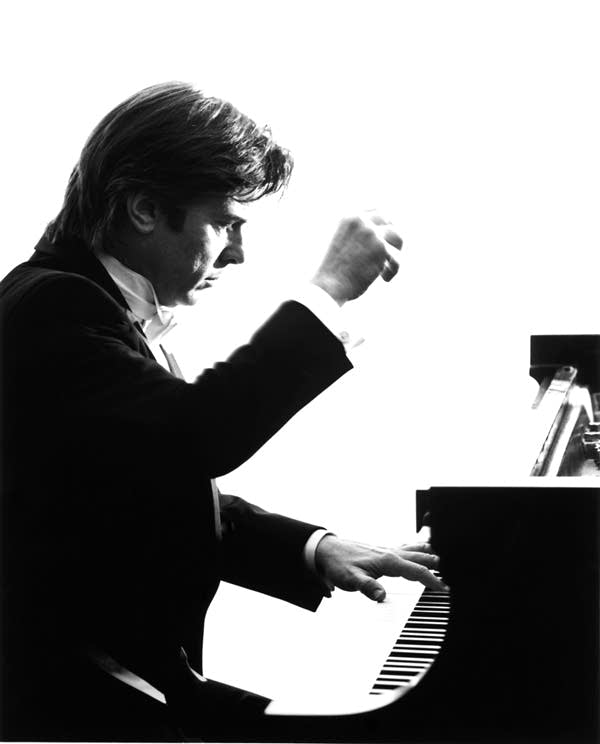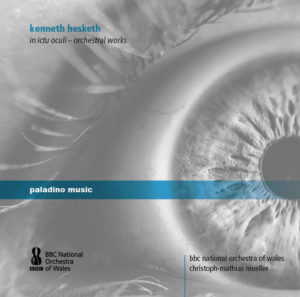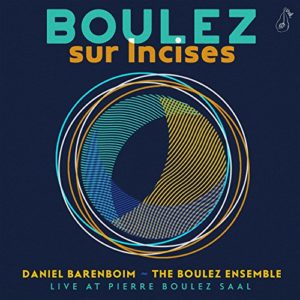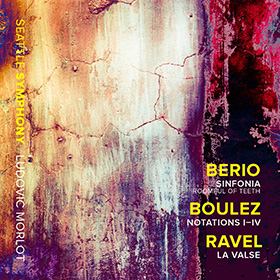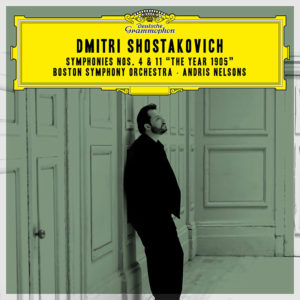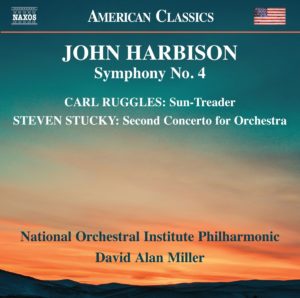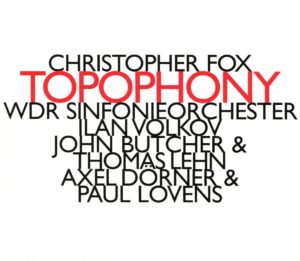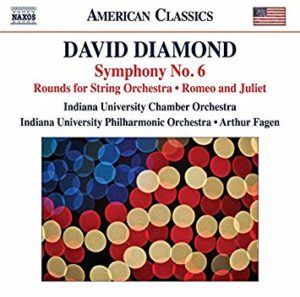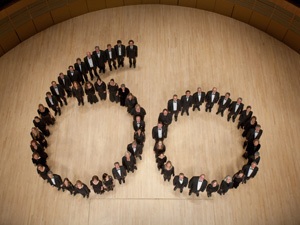Thomas Adés
Dante
Los Angeles Master Chorale, Los Angeles Symphony, Gustavo Dudamel, conductor
Nonesuch CD
Thomas Adés
The Dante Project
London Symphony Chorus, Orchestra of the Royal Opera House, Koen Kessels, conductor
Opus Arte Bluray DVD
It takes a certain amount of chutzpah to use Dante as the centerpiece of one’s own creative work. Thomas Adés has courage in spades, as he has created an ambitious ballet based on the Divine Comedy, for dancers, chorus, and orchestra, commemorating the 700th anniversary of the poet’s death. Two documents of the piece are currently available, a Nonesuch recording of the Los Angeles Symphony, conducted by Gustavo Dudamel, and an Opus Arte Bluray DVD.
Dudamel is firmly in command of the concert version of Dante, balancing its powerful, often intricate, orchestration. The vivid imagery of the poem is ideal material for Adés to use the leitmotifs that so often appear in his theatrical work. In The Inferno section, the “Abandon All Hope” motif, which opens the ballet, is memorable in its angst-filled stridency, “The Ferryman” contains a recurring melody with exquisite writing in the winds, and the Dies Irae is given a set of suitably diabolical variations. “Paolo and Francesca – the endless whirlwind,” is dervish like in its peregrinations. “The Pope’s Adagio – Head First,” contains a soaring, neo-romantic melody. Immediately followed by “The Hypocrites – coated in lead,” which nicely juxtaposes the Pope’s music with slowly moving, low register chromaticism and an inexorable drumbeat. “The Thieves – devoured by reptiles” depicts the chase between condemned and tormentors in a quick dance that, more than anything else in the ballet, channels Tchaikovsky.
Some truly terrifying music ensues: the timpani and howling lower brass for “The suicides,” followed by cymbals and upward wind glissandos, has echoes of Stravinsky’s Rite of Spring. “Satan – in the lake of ice” closes the Inferno section with a harrowing slow movement with dissonant brass chorales juxtaposed with shimmering high winds and strings. It is among the most moving sections of the work.
Recorded voices of an ancient Syrian Jewish prayer are intoned at the beginning of Purgatorio, its accompanying music depicting “Dawn on the Sea of Purgatory,” with the sound of recorded waves and modal interludes that resemble the scales being chanted. Voices reappear in “Valley of Flowers” alongside a Middle Eastern dance with ebullient percussion in whirling patterns that gradually speed up, only to be replaced by a slow cadenza. Recorded voices continue their singing and the strings take a long-threaded melody on “The Healing Fire.” Purgatorio in its final three movements begins to depict the uplift of souls to heaven. “The Earthly Paradise” uses a melody from the recorded voices in a brass-forward quick section that ends with a flourish. “The Heavenly Procession” slows the tempo back to that of the initial chanting of the prayer, which is accompanied by chiming punctuations, haloing strings, and an eloquent horn solo. “The Ascent” is triumphant, filled with ringing changes and ascending scales imitated in all the sections of the orchestra.
What follows is a compositional tour-de-force. Paradisum is cast in a single, 27-minute long movement, with the following subsections, “Awakening – Moon – Mercury – Venus – Sun – Mars – Jupiter.” A slow build begins with “Awakening” that continues throughout, with a registral ascent and marshaling of forces culminating in the addition of chorus. Dudamel paces the piece with an exquisite sense of its long architecture, making sure that there is intensity left by the time the music reaches “Jupiter.” Adés’s incorporation of transformed versions of previous leitmotifs provides Paradisum with a sense of closure.
The Opus Arte Bluray DVD features the Royal Ballet’s Edward Watson in his last performance after twenty-seven years as a principal dancer. Directed by Kevin O’Hare and choreographed by Wayne McGregor, it is a beautifully danced and visually arresting production. Watson, as Dante, and Gary Avis as Virgil, wear tunics, Avis’s gold and Watson’s moving from aqua to half-red/half aqua in Purgatorio, and entirely red in Paradisum. Likewise, the dancers in Inferno wear charcoal body suits and those in Purgatorio and Paradisum are, respectively, light tan and then white. The symbolism of color is complemented by solo and group dancing that varies from undulating modernism to, by the score’s conclusion, more traditional ballet. Sarah Lamb dances the part of Beatrice with graceful versatility, and Dante’s love for her is depicted in affecting choreography. Throughout, McGregor, with a keen ear for its orchestration, captures the essence of Adés’s score.
Do I prefer the audio recording or the film? Glad to not have to choose, as they are both excellent documents. Dante is a major work by Adés, and one of his best to date. Highly recommended.
-Christian Carey
